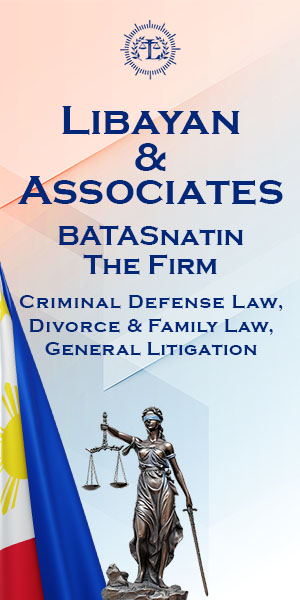ARTICLE 14, PARAGRAPH 14- AGGRAVATING CIRCUMSTANCES
That (1) Craft, (2) Fraud, or (3) Disguise be employed.
Basis:
- The basis has reference to the means employed in the commission of the crime (characterized by intellectual or mental rather than physical means to which the criminal resorts to carry out his design)
Craft
- Involves intellectual trickery and cunning on the part of the accused
- Chicanery resorted to by the accused to aid in the execution of his criminal
design, employed as a scheme in the execution of the crime
- Cases involving craft:
o The regular driver feigned illness and fetched another driver to drive for the victim. Upon saying the he was already well, with the co-accused driver in the vehicle, took over the driver’s seat and shot the victim on board the vehicle. (People v Zea)
o Four men determined to kill a man in an uninhabited place. They invited the victim to a journey to a distant mountain on a pretense of finding a mystical molave tree. The victim was murdered. (US v Gampona)
o Pretending to be bona fide passengers so as not to arouse suspicion on the deceased driver. (People v Daos)
o Pretending to be constabulary soldiers in able to enter the place of the victims (People v Saquing)
o The accused dirtied the pants of the offended party and pretended to innocently brush the dirt off while his confederate grabbed the wallet of the offended party from behind. (People v Bagtas)
o The defendants asked the offended party to change a P10-bill and thereafter snatched the latter’s wallet. (People v Mallari)
o Offering unsuspicious chocolate candies to the complainant without knowing that those contained deleterious drugs. The purpose was to weaken the resistance of the complainant when the rape is to be commissioned. (People v Guy)
o The accused lured out the victim from his house to be killed (People v Barbosa)
o However, craft is not attendant when the unlawful scheme could have been carried out just the same without the pretense.
- Craft not an aggravating circumstance:
o Where craft partakes the element of an offense, the same may not be appreciated independently for the purpose of aggravation.
o Craft was not established when coming out from bamboo trees as camouflaging when they announced their presence at the scene of the crime with shots and gunshots. (People v Cunanan)
Fraud
- Insidious words or machinations used to induce the victim to act in a certain manner which would enable the offender to carry out his design
o When offender induced victims to raise their arms and promised not to harm them if they would follow. Nevertheless, the offender attacked and killed them when the arms were raised. (US v Abalinde)
Distinguishing craft from fraud
- Direct inducement by insidious words or machinations – fraud
- Acts in order not to arouse suspicion – craft
Disguise
- Resorting to any device to conceal identity
o The defendant blackened his face in order not to be recognized at the time of the
commission of the crime (US v Confranda)
o Defendant covered his face with handkerchief before committing the crime (People v Piring)
o The fact that the mask fell down, allowing the offender to be recognized, does not render the aggravating circumstance of disguise inapplicable (People v Cabato)
- The purpose must be to conceal identity
o When the offender appeared to have cloths wrapped about their heads, the purpose was not for disguise but was a following of the custom of the country they have been reared (US v Rodriguez)
o The wearing of the accused in disguising herself by wearing her husband’s clothes on the way to the place where she killed the deceased was not held as aggravating circumstance because she did it for fear of being attacked on the way.



 Spotify
Spotify  iTunes
iTunes  AppleMusic
AppleMusic  YouTube
YouTube 


